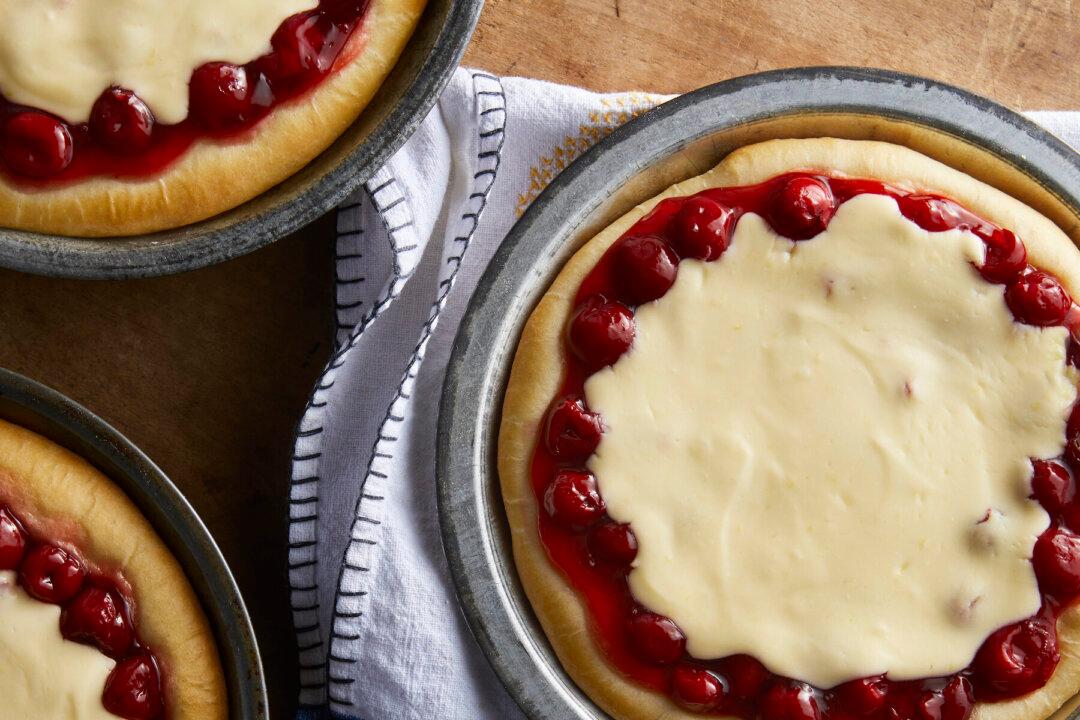For food writer and baker Shauna Sever, the Christmas season starts with cookies. Specifically, her Gramma’s heirloom sugar cookies: crispy, sandy, pale golden little discs, roughly flattened with the bottom of a drinking glass and adorned with a shimmer of colored sugars or sprinkles.
“I grew up having those cookies my entire life,” Sever said. “It’s still the first cookie I make every holiday season, the first week in December.”






